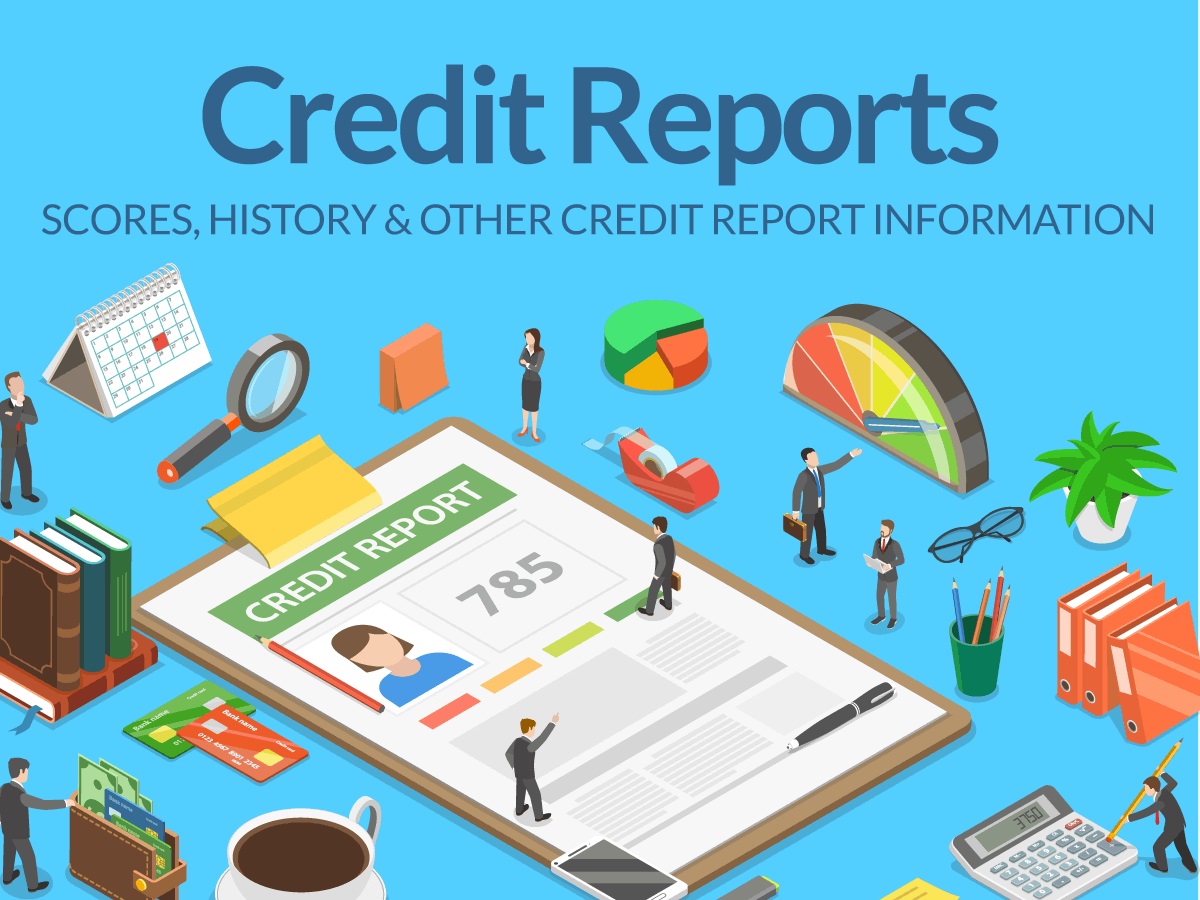Home>Finance>Deliquency Rate Definition, Tracking, And Reporting
Finance
Deliquency Rate Definition, Tracking, And Reporting
Published: November 10, 2023
Learn about the definition, tracking, and reporting of delinquency rates in finance. Understand how to monitor and analyze this crucial indicator.
(Many of the links in this article redirect to a specific reviewed product. Your purchase of these products through affiliate links helps to generate commission for LiveWell, at no extra cost. Learn more)
Understanding Delinquency Rate Definition, Tracking, and Reporting
When it comes to financial management, staying on top of delinquency rates is crucial for businesses and lenders alike. But what exactly is a delinquency rate? How is it tracked and reported? In this blog post, we will dive deep into the world of delinquency rates, providing you with a comprehensive overview and valuable insights into its definition, tracking, and reporting.
Key Takeaways:
- Delinquency rate measures the percentage of borrowers who have overdue payments beyond a specified timeframe.
- Tracking and reporting delinquency rates is essential for evaluating portfolio health and making informed risk management decisions.
What is a delinquency rate?
A delinquency rate is a metric used to measure the percentage of borrowers who have overdue payments beyond a specified timeframe. It is commonly employed by businesses and lenders to assess the creditworthiness of borrowers and evaluate the overall health of their loan portfolios. By monitoring delinquency rates, financial institutions can identify potential risks, track trends, and make well-informed decisions to mitigate losses.
Tracking delinquency rates:
Tracking delinquency rates involves capturing relevant data and monitoring changes over time. Here’s how it’s done:
- Establishing a timeframe: To track delinquency rates, a timeframe must be defined, such as monthly or quarterly.
- Gathering data: Collecting accurate and comprehensive data is crucial. This may include outstanding loan balances, payment due dates, and actual payment dates.
- Analyzing data: Once the data is collected, it needs to be analyzed to determine the delinquency rate. This is typically calculated by dividing the number of overdue payments by the total number of borrowers and expressing it as a percentage.
- Identifying trends: Over time, delinquency rates may fluctuate. Identifying and analyzing these trends can help lenders assess the effectiveness of risk management strategies and adapt accordingly.
Reporting delinquency rates:
Reporting delinquency rates allows businesses and lenders to communicate critical information to stakeholders effectively. Here are some key aspects to consider when reporting delinquency rates:
- Consistency: Adhering to consistent reporting periods, formats, and methodologies ensures accurate comparison and analysis.
- Transparency: Providing clear and transparent information about delinquency rates helps stakeholders understand the potential risks and make informed decisions.
- Presentation: Presenting data in a visually appealing and easy-to-understand manner facilitates comprehension and enhances the effectiveness of reporting.
In conclusion, understanding delinquency rates and effectively tracking and reporting them is essential for businesses and lenders. By regularly monitoring this metric, financial institutions can gain insights into portfolio health, identify potential risks, and ultimately make informed decisions to manage their credit risk effectively. So, whether you are a business owner, lender, or involved in financial management, staying on top of delinquency rates is a crucial component of successful risk management and maintaining a healthy financial status.










